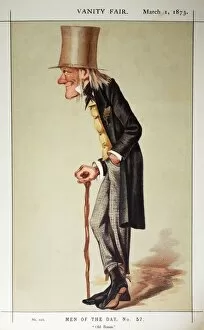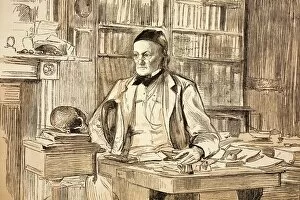Hunterian Collection
The Hunterian Museum, located in Glasgow, Scotland, holds a rich history that dates back to the 18th century
All Professionally Made to Order for Quick Shipping
The Hunterian Museum, located in Glasgow, Scotland, holds a rich history that dates back to the 18th century. It all began in 1788 when John Hunter, a renowned surgeon and anatomist, had his portrait painted as a tribute to his contributions to the medical field. Little did he know that this would mark the beginning of an extraordinary legacy. Fast forward to 1873 when Richard Owen's work on old bones caught the attention of Vanity Fair. His expertise and dedication were recognized by many during that time. In 1883, Richard Owens' study at the British Museum of Natural History further solidified his reputation as one of the leading minds in anatomy. The Hunterian Museum itself became an integral part of the Royal College of Surgeons and was featured prominently in The Illustrated London News Import section. Its interior showcased a vast collection of specimens meticulously curated for educational purposes. Today, it stands proudly within the University of Glasgow campus - a testament to William Hunter's vision for education and research. The museum houses an extensive range of exhibits that delve into various aspects of medicine and surgery. Stepping inside its walls is like entering a world where science meets artistry; where centuries-old artifacts coexist with cutting-edge technology. From ancient fossils to intricate engravings depicting medical breakthroughs, every corner tells a story waiting to be discovered. Visitors are captivated by displays showcasing John Hunter's groundbreaking discoveries alongside modern advancements made possible through ongoing research conducted within these very halls. As you wander through this treasure trove nestled amidst Strathclyde's vibrant cityscape in Glasgow, you can't help but feel awe-inspired by those who came before us - pioneers who dedicated their lives to unraveling life's mysteries for future generations. The Hunterian Museum serves as both homage and inspiration; reminding us not only how far we've come but also how much more there is left to explore.





















